A triathlon is a sports event that combines endurance, strength, and mental resilience as an athlete pushes themselves to their limit. With distinct combinations of swimming, cycling, and running, all triathletes face specific physical and mental challenges. While there are many new ways to train and recover, Red light therapy is showing real promise in helping athletes perform better and last longer during races.

Common Triathlon Injuries and their Prevention
Lower Body Injury Prevention Strategies
A common issue with triathletes is lower body injuries; these usually include shin splints, plantar fasciitis, and Achilles tendonitis due to overuse and repetitive movement. A combination of correct footwear, strength training, and flexibility exercises is necessary in order to minimize these kinds of injuries. By reducing inflammation and improving blood circulation red light therapy treatment may complement these strategies and possibly speed up recovery as well as reduce the likelihood of chronic pain.
Avoidance of Upper Body Injuries Technique
The swimming portion of a triathlon can be exceptionally taxing on the shoulders, particularly in terms of developing the swimmer's shoulders or injuring the rotator cuff. To some extent, this injury can be alleviated through the use of shoulder strengthening exercises or techniques, including stroke improvement and stretching routines. In addition to reducing soreness and facilitating tissue repair, red light therapy should enable athletes to maintain their training intensity.
Understanding the Statistics Behind Triathlon Injuries
Breakdown of Injury Occurrence Rates by Sport
The injuries caused in a triathlon will depend on the race segment. A study showed symptoms recorded during that time indicating a high incidence of running injuries (up to 70%) followed by cycling and swimming. Impact-induced stresses make running repetitive exercises, while cycling creates a bent-over effect that predisposes the individual to back and neck strain. Swimming injuries are very few but are definitely due to poor technique or overtraining.
Most Prevalent Types of Triathlon Injuries
The most prevalent injuries include:
- Stress fractures occur as a result of repeated trauma or overworking the muscles.
- Tendonitis in the knees and ankles.
- Cycling posture leads to low back discomfort.
The anti-inflammatory properties of red light therapy could definitely help in curing these ailments allowing the athletes to recover faster and go on training without repeated interruptions.

Overcoming the Health Challenges Faced by Triathletes
Recognizing and Managing Overtraining Syndrome
Even experienced athletes can push themselves too hard and develop overtraining syndrome (OTS), which leaves them feeling constantly tired, performing worse than usual, and experiencing mood swings. Balancing rigorous training with enough rest is the preventive measure to take. Red light therapy would enhance such balance through accelerating cell repair along with promoting relaxation for more efficient athlete recovery.
The Importance of Adequate Recovery for Optimal Performance
Recovery is as important for the triathletes as it is for training. If recovery time is not enough, then muscles will not be restored and lead to performance deterioration and the risk of injury. Some of the techniques used in recovery are: foam rolling, stretching, and massage. Red light therapy can add to this repertoire by improving circulation, helping minimize DOMS, and enhancing cellular energy production.

Addressing the Mental Health Aspects of Triathlon Training and Competition
Coping with Pre-Race Anxiety and Stress
Triathlons are as much about testing one’s mind as training the body. To do well in triathlons, athletes need to keep their pre-race nerves in check. Techniques like imagining yourself completing the race successfully and practicing mindful breathing can help you stay focused and calm. Emotional distress will be lessened, and there will be more chances of good outcomes due to thorough preparation. Such coping mechanisms overcome stress and contribute to overall achievement.
Maintaining Mental Resilience and Avoiding Burnout
The internal battery can be drained when it comes to the mental aspect of taking a triathlon training/competition. The sport of triathlon brings with it, among other things, anxiety that most athletes share before a race: worrying about how they will perform, whether the weather will cooperate, or possible unforeseen circumstances. The use of mindfulness techniques and breathing exercises can be quite beneficial, yet not to be discounted is red light therapy, which induces relaxation and reduction of cortisol levels so that triathletes feel calmer and focused.

Could Red Light Therapy Enhance Endurance for Triathletes?
The science behind RLT in Athletic Performance
Red light therapy (RLT), or photobiomodulation, is the act of exposing the body to low-level red and near-infrared wavelengths of light. This light penetrates into the skin and tissues, stimulating mitochondrial activity. Mitochondria are referred to as the "powerhouses" of cells because they produce ATP (adenosine triphosphate), the primary energy source for cellular functions. Increased production of ATP can result in greater repair of muscle damage, decreased inflammation, and enhanced endurance.
Numerous studies have shown evidence on the effect of RLT on athletic performance. For example, research indicates that athletes who use red light therapy show reduced muscle fatigue, more rapid recovery times, and improved oxygen uptake - all of which are critical factors for triathletes.
Practical Applications of RLT in Triathlon Training
Simple steps to include red light therapy in a triathlete's regimen. Here are some methods of how to apply RLT:
Pre-Training Sessions
Employ red light therapy before workouts to set up muscles for the impending stress of training. Improved blood flow along with reduced stiffness enhances performance and minimizes injury risk.
Recovery after Physical Training
Using red light therapy post-exercise can hasten recovery, secondary to reduced inflammation and healing of tissues. It is especially useful in the recovery period after long runs, intense cycling, or swim drills.
Target Problem Areas
For those with injuries like knee pain or shoulder strain, targeting these areas with red light therapy will provide targeted relief and help heal the specific injury area.
Incorporate in Relaxation Routines
RLT can be paired with other relaxation techniques, such as meditation and yoga, to harness its full potential. After a long day of training, triathletes should benefit from managing their stress levels.
Routine Maintenance
Frequent red light therapy so that even during days of rest muscles and joints continue benefiting from therapy consistently helps keep athletes in good shape.
Conclusion
The combination of physical endurance, mental resilience, and effective recovery determines the performance of triathletes. While stretching, massage, and nutrition have been traditional methods of post-workout recovery, new and emerging technologies like red light therapy are at the cutting edge of improving recovery time. By supporting cellular health, reducing inflammation, and speeding recovery, red light therapy could indeed prove to be a great addition to any triathlete’s toolbox.
Just like other training equipment, consulting with health professionals or sports specialists is key to the proper use and inclusion of the tool in your program. In addition, red light therapy could be an answer for those looking for an edge in endurance and performance.
References
- Goslin CM et al. A profile of injuries so far in athletes who need treatment for triathlon races. Am J Sports Med. 2010 May;38(5):1007-14. doi: 10.1177/0363546509356979. PMID: 20436054.
- Ailioaie LM, Litscher G. Photobiomodulation and Sports: Results of a Narrative Review. Life (Basel). 2021 Dec 3;11(12):1339. doi: 10.3390/life11121339. PMID: 34947870; PMCID: PMC8706093.
- Haslerud S, Magnussen LH, Joensen J, Lopes-Martins RA, Bjordal JM. The efficacy of low-level laser therapy for shoulder tendinopathy: a systematic review and meta-analysis of randomized controlled trials. Physiother Res Int. 2015 Jun;20(2):108-25. doi: 10.1002/pri.1606. Epub 2014 Dec 2. PMID: 25450903.



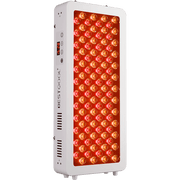








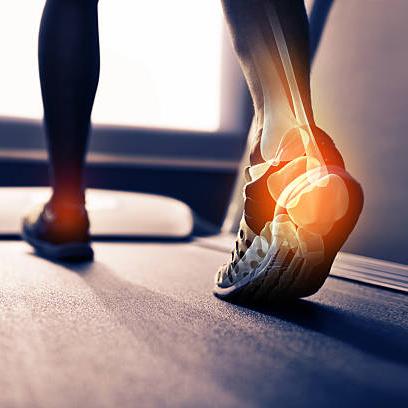
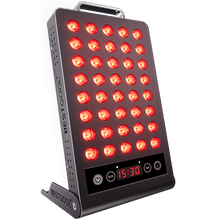
 Small
Small
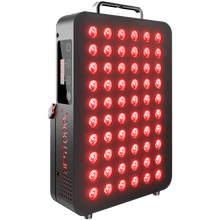
 Moderate
Moderate
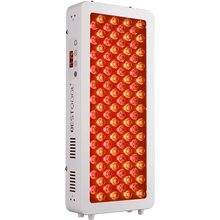
 Moderate
Moderate
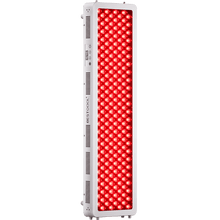
 Moderate
Moderate
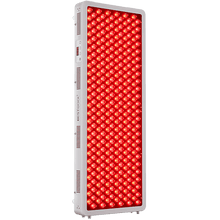
 Full
Full



